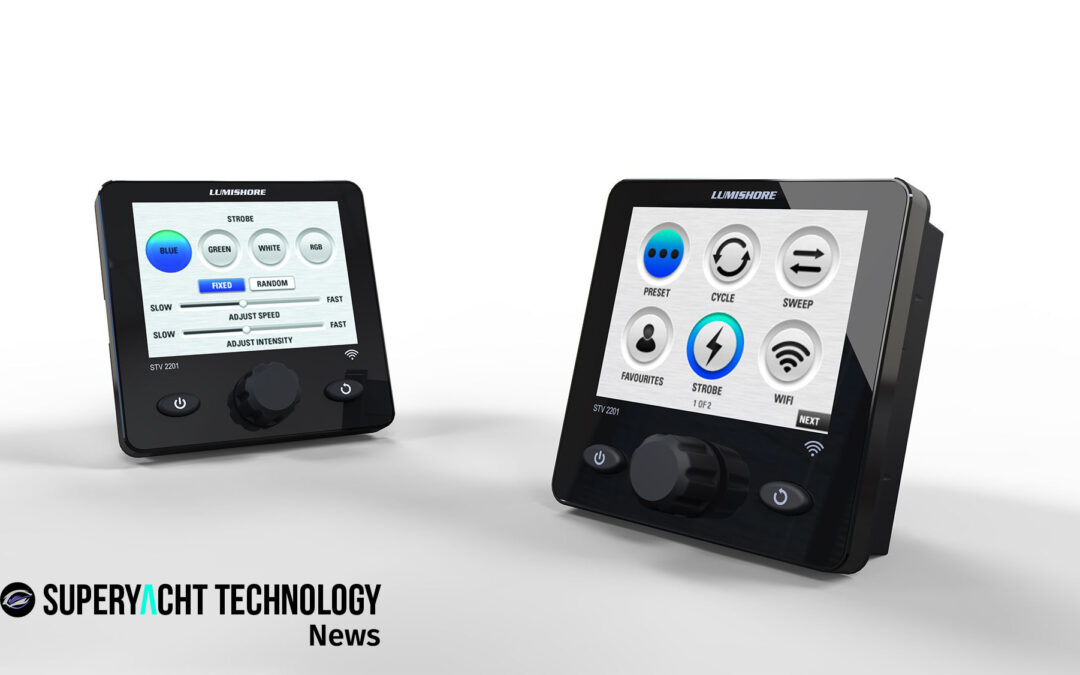Read ETO X: DMX RGB lighting systems: the hunt for reliability
ETO raises a number of very real issues and the Design, Development and Engineering teams here at Lumishore wholeheartedly agree with all his points.
In order to understand the industry’s current issues, it’s a good idea to remind ourselves of the background to this issue and the sea-of-change that has happened with LED lighting and entertainment systems over the last 10 years.
Universally folks saw the benefits of LED lighting and the changes it could make to our visual experience; we all got it. However, the world failed to recognise that LED is fundamentally different to traditional lighting. It is part of the electronics industry and not just an electrical fixture, as we had traditionally thought of lighting. All LEDs and, more importantly, LED light fixtures are not equal. It is also important to recognise that optimising LED performance requires the appropriate software and middleware skills – something that wasn’t required for traditional lighting fixtures. It is a new and exciting world but every opportunity has its own challenges!
This pre-conception, that nothing has changed with the introduction of LED lighting, is slowly disappearing — although you still hear folks in the industry saying ‘LEDs are no different to any other lighting now, and all the fixtures/drivers/controllers/installations are the same’. Believe that at your peril.

Consequently, it is very refreshing to see an ETO airing their real concerns and questions. We at Lumishore believe that we and the industry have a duty to ourselves to raise our standards and remove these concerns as far as we can, as well as adapting to future needs as they arise. Ours is a demanding industry environment and we should be at the forefront of solutions.
DMX -512 has been around for over 20 years. It is good but the potential issues are exactly as this ETO outlines. It is susceptible to line loss and complex installations put pressure on its capabilities. Core to DMX performance is using the best DMX cable. The impedance and wire twist of cable are too often overlooked or cable standards left to purchasing departments to buy as cheaply as possible. Cable quality is an inherent and critical part of the DMX system’s effective operation.
More recently RDM (Remote Data Management) has been incorporated into DMX systems. RDMX is a vast improvement on DMX, amongst other features RDM is bi-directional, and uses continuous error checking to eliminate data errors and create a safer and more reliable system. DMX sends data 44 times a second and, as the ETO outlines, this could be dangerous without that error checking.
We at Lumishore have developed our own RDM-x protocol that is based upon RDM/DMX. This has been designed by our own engineers specifically for onboard marine use. This system ensures that everything is in sync, even on the largest Superyachts and over long cable runs.
A ‘normal’ DMX installation, even with repeaters and using the right cable and connectors is limited to around 500 metres of cable run. Lumishore’s RDM-x extends that distance considerably for even the largest Superyacht’s needs. The system also allows ETOs to diagnose our underwater lights from a central controller (also designed and developed by ourselves) and light addresses can be set, reset and changed remotely. This saves considerable time in setup and installation as well as on-going on-board operation. This also allows the ETO to monitor functionality such as light and driver temperatures, or be notified of imminent failures. This is useful functionality to keep your systems running smoothly in accordance with the owner’s needs.
Controlling DMX systems is very much ‘part of the installation’ and core to the total system’s effective operation. There are a number of re-badged off-the-shelf DMX controllers, which are designed for office and home use but they are not just fit for purpose in the marine environment. The Lumishore EOS controllers with their STL. maintenance and pre-programmed functionality were designed specifically for the Marine market and RDM-x, to adapt to the demands of the most demanding specification, for use as part of our integrated solution.

This brings us on to Wi-Fi and future ‘communication ‘ developments as requirements and expectations will, quite rightly, increase again in the short-term and continuously afterwards.
The upcoming Bluetooth 5 will allow mesh network i.e. the ability for nodes to transfer data wirelessly. This will enable each light to pass the signal to the next light. We have already seen that improves the range dramatically and if a light drops out the mesh reconfigures itself automatically. This does not, however, does not solve the problem of wireless in the bowels of a steel or aluminium hull. As the ETO points out this drastically reduces range and, for now at least, rules out wireless technologies within the bilges of a boat. A wired solution is still Lumishore’s preferred choice.
As I wrote at the beginning of this response, Lumishore empathises and agrees with this ETO’s observations and whilst we have some solutions, we know that future needs and expectations will increase and we are actively working on the next solution. We hope this will replace current practices and standards, improving integrity, reducing cabling to each light, improving reliability and making installation and upgrades easier. Watch this space!
If you would like to know more about Lumishore LED lighting solutions or anything in this article then please contact Mike Jardine on
+44 (0) 208 144 1694
or +33 (0) 6 82 24 02 48


